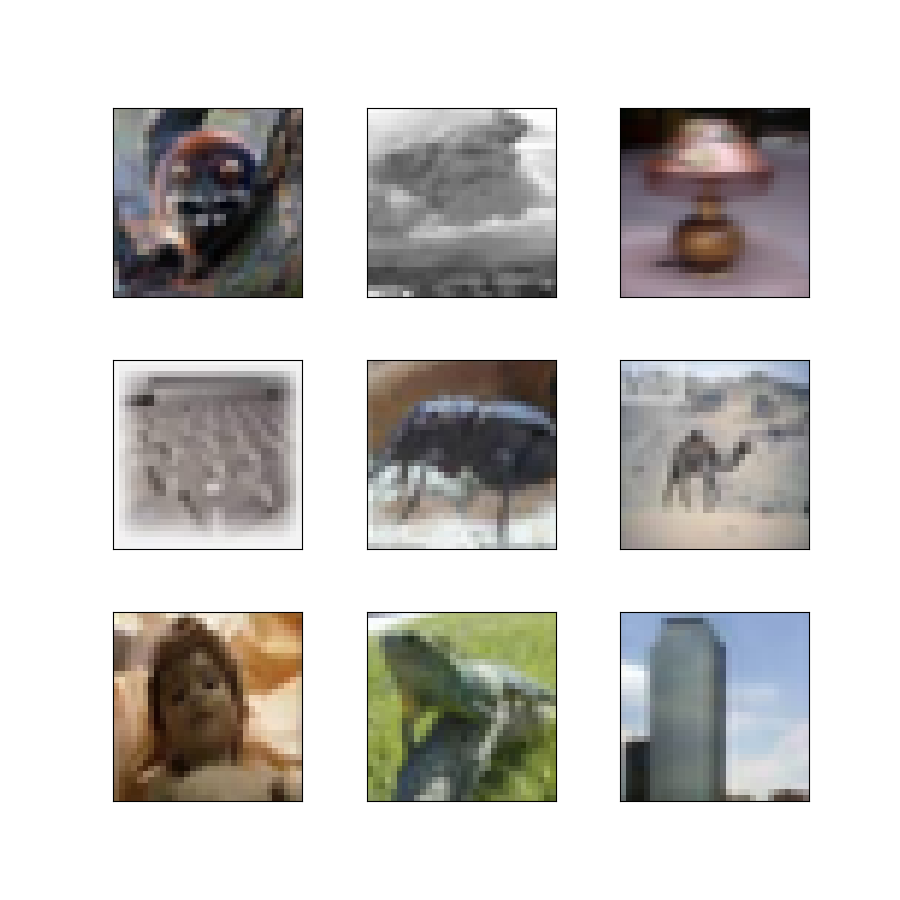- Opis :
Ten zbiór danych jest taki sam jak CIFAR-10, z tą różnicą, że ma 100 klas zawierających 600 obrazów każda. Na zajęcia przypada 500 obrazów szkoleniowych i 100 obrazów testowych. 100 klas w CIFAR-100 jest pogrupowanych w 20 superklas. Każdy obraz ma etykietę „fine” (klasa, do której należy) i „grubą” (nadklasa, do której należy).
Dodatkowa dokumentacja : Eksploruj w dokumentach z kodem
Strona główna : https://www.cs.toronto.edu/~kriz/cifar.html
Kod źródłowy :
tfds.image_classification.Cifar100Wersje :
-
3.0.2(domyślnie): Brak informacji o wydaniu.
-
Rozmiar pobierania :
160.71 MiBRozmiar zbioru danych :
132.03 MiBAutomatyczne buforowanie ( dokumentacja ): Tak
Podziały :
| Podział | Przykłady |
|---|---|
'test' | 10 000 |
'train' | 50 000 |
- Struktura funkcji :
FeaturesDict({
'coarse_label': ClassLabel(shape=(), dtype=int64, num_classes=20),
'id': Text(shape=(), dtype=string),
'image': Image(shape=(32, 32, 3), dtype=uint8),
'label': ClassLabel(shape=(), dtype=int64, num_classes=100),
})
- Dokumentacja funkcji :
| Funkcja | Klasa | Kształt | Typ D | Opis |
|---|---|---|---|---|
| FunkcjeDykt | ||||
| gruba_etykieta | Etykieta klasy | int64 | ||
| ID | Tekst | strunowy | ||
| obraz | Obraz | (32, 32, 3) | uint8 | |
| etykieta | Etykieta klasy | int64 |
Klucze nadzorowane (zobacz dokument
as_supervised):('image', 'label')Rysunek ( tfds.show_examples ):

- Przykłady ( tfds.as_dataframe ):
- Cytat :
@TECHREPORT{Krizhevsky09learningmultiple,
author = {Alex Krizhevsky},
title = {Learning multiple layers of features from tiny images},
institution = {},
year = {2009}
}

